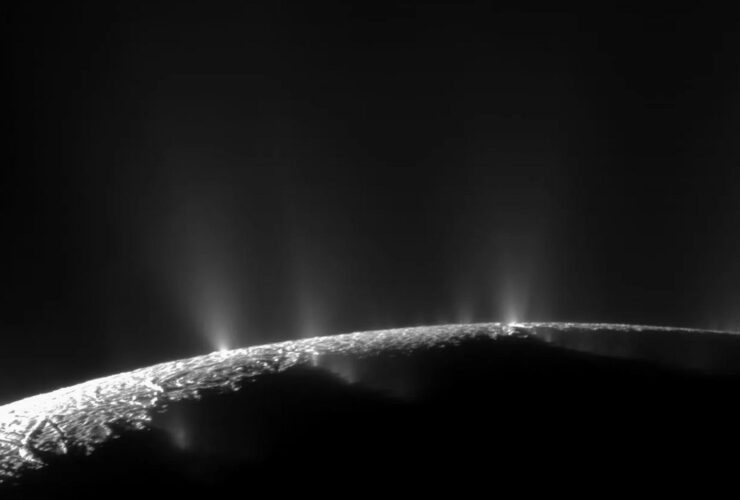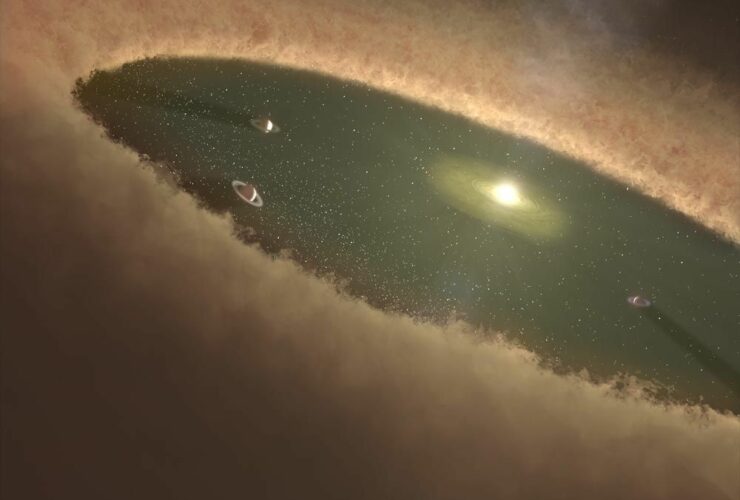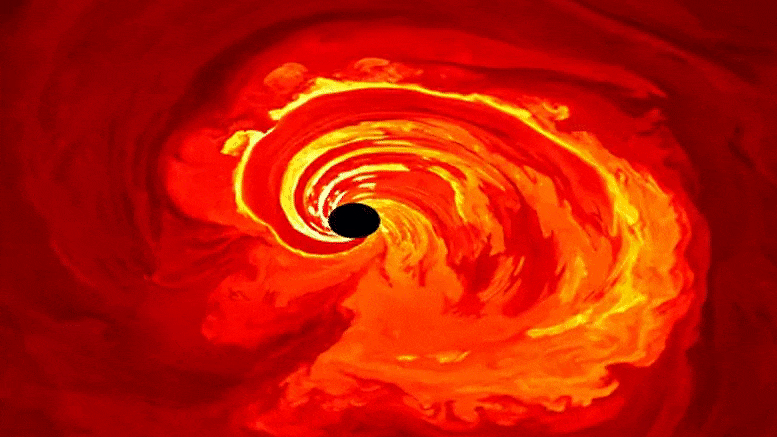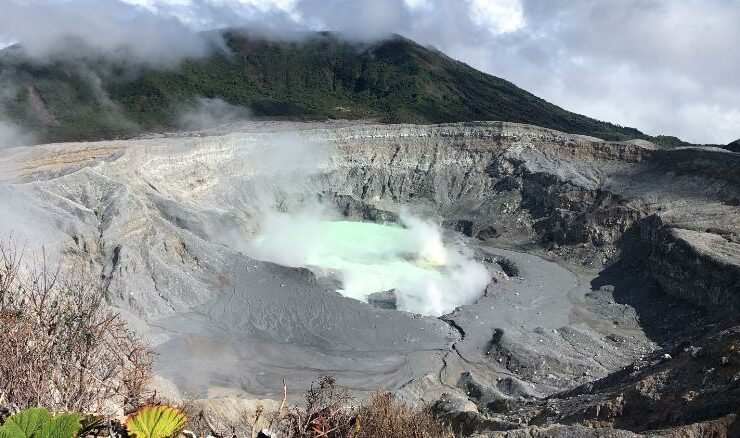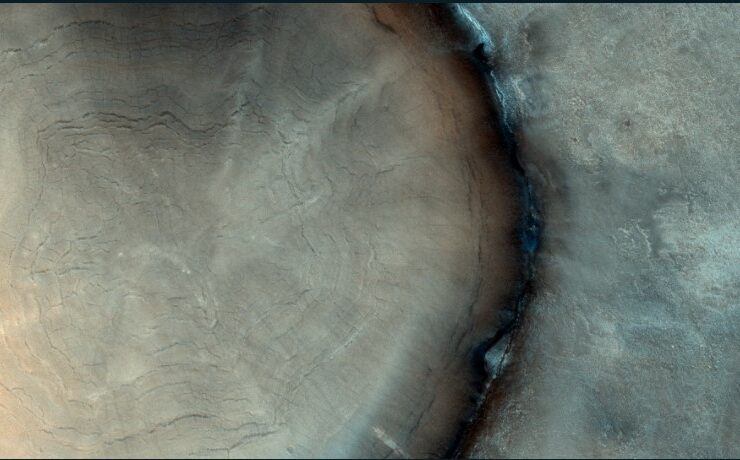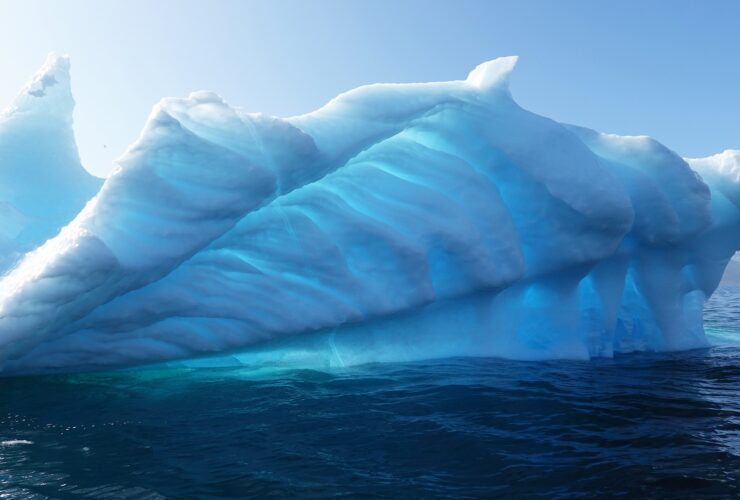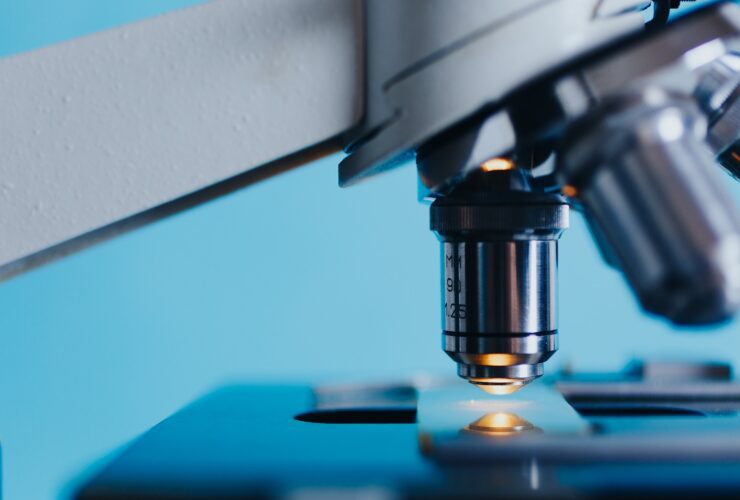For over two centuries, people everywhere have been dependent on fossil fuels as a concentrated source of energy. Convenient, energy-dense molecules packed with the fruits of photosynthesis over hundreds of millions of years have been put to use by our ...
This new instrument is ready to fly to Europa or Enceladus. But for what exactly is this instrument? NASA scientists are trying to find new locations where life could exist. So far, it is Saturn’s moon En, celadus, and Jupiter’s ...
Planets do not take much longer to form after stars have formed. For example, the Sun formed 4.6 billion years ago, and the Earth about 4.5 billion years ago. However, scientists now say it is not necessarily the only possibility. ...
Breaking and reconnecting magnetic field lines at the event horizon unleash the energy from a black hole’s magnetic field, speeding particles that cause intense flares, according to researchers at the Flatiron Institute and its partners. The discoveries point to fascinating ...
Earth may be the only planet we know of that supports such a diverse diversity of species, but that does not imply that our globe is necessarily a pleasant place to live. Earth was a harsh and scorching environment at ...
Is this a close-up of a tree stump or an orbital view of a crater? At first look, it may not be easy to tell. However, this picture of a crater on Mars supplies planetary scientists with much the same ...
Scientists Made Disturbing Discovery in the Greenland Ice Sheet, Made Possible by Better Simulations
In the 2004 film “The Day After Tomorrow,” scientist Jack Hall examines the Antarctic past only to discover an oncoming Ice Age, popularizing paleoclimatology. Paleoclimatology may help us understand the present and future implications of climate change. The new Greenland ...
A team of researchers has created a microscope that can view bacteria in soil and plants at the micrometer scale. Scientists at Lawrence Livermore National Laboratory (LLNL) have created a specialized microscope to examine bacteria in soil and plants at ...


